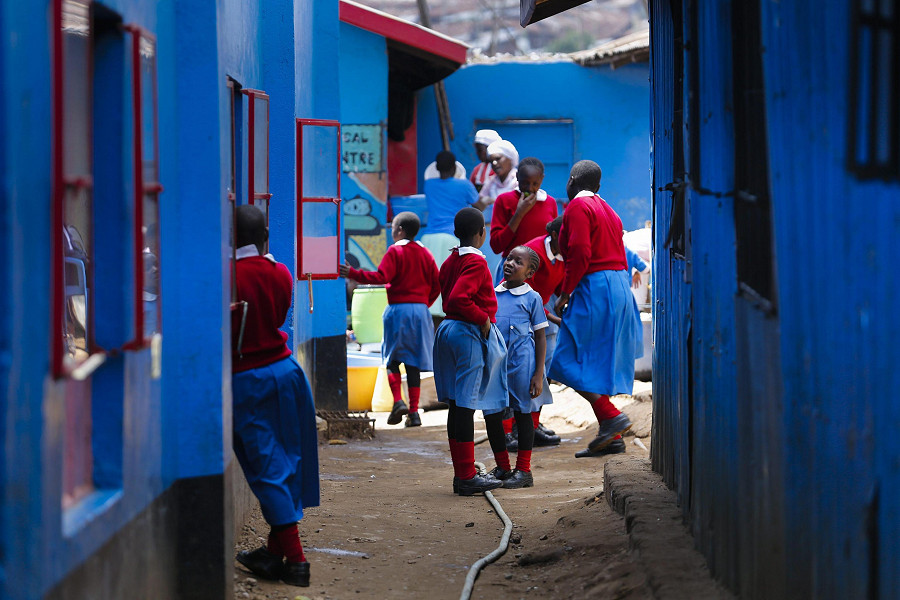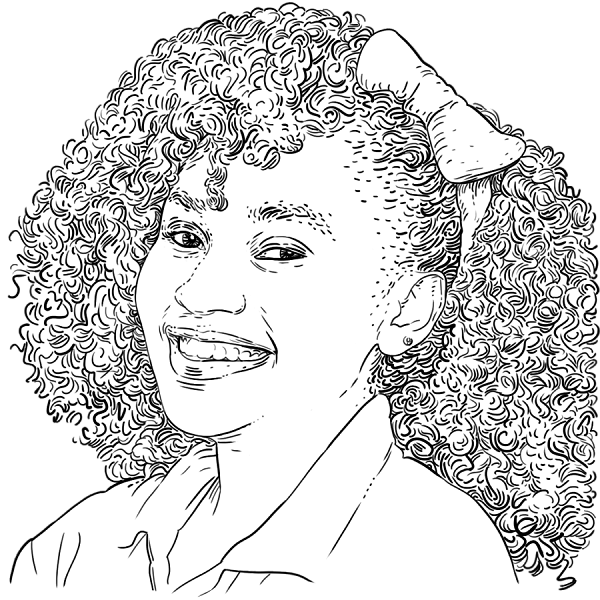How foreign countries build stable connections in Africa

The language sphere in East Africa is highly dynamic, with some of the countries like Uganda having over 43 living languages, Kenya 68 languages and Tanzania 126 languages.
However, the colonial legacy dictated the language of instruction and the use of it across different sectors from education to missionary work to politics and governance. In African schools, the languages of instruction include: english, french, portuguese, spanish, german and afrikaans.
In this case of discussion, Uganda and Kenya were both under the British colony with Tanzania joining after its short-lived colonization from the Germans. This majorly influenced their language policies in the educational institutions in order to have english as the main language of instruction even after colonization ended in the early 1960’s.
As time has gone on, there has been an adoption of the use of African native languages as languages of instruction in schools but only at the elementary level. Countries like Kenya, Uganda, South Africa, Ethiopia and Papua New Guinea have enrolled early childhood education curriculums that support the use of native African languages.
But then, one would wonder where does this leave the teaching of other foreign languages in East African schools? Foreign institutions have taken up the chance to build long-lasting connections through the support of teaching and use of their languages in East Africa.
Let us have a look at the french language. East Africa has three french-speaking countries: Rwanda, Burundi and the Democratic Republic of Congo. An article published by the East African Community in 2020 enlightened the growing support and consideration of making it the third official language for East Africa in addition to english and swahili.
In Uganda, the teaching and learning of french has been embraced as one of the languages that students study in high school. Last year, over 270 schools sat for the french examinations as their ordinary level examinations. The French embassy has played a substantial role in the support and development of french linguistic cooperation in East Africa.
From 2004-2008, a mobilizing regional project, a Fund of Priority Solidarity (FSP 2014-04) was carried out to support french cooperation in East Africa. This project was led by the french embassies in Kenya, Uganda, Tanzania, Burundi, Rwanda and Ethiopia together with the Ministry of Foreign Affairs.
A Financial injection worth 1,300,000 euros was made for the promotion of the french language in those countries. In 2019, a reform on the project was made which aimed at introducing foreign languages to the elementary level. The french embassy in Uganda and Kenya have come in to boost the use of french by supporting universities offering french and creating university exchanges with France and french-speaking countries.
In Uganda, the French embassy recently signed a memorandum of understanding with the first Francophone web radio station called “Bonjour Kampala” in the effort to promote French by using new technology.
This is not any different from the chinese language. The teaching of the chinese language - mandarin has incredibly been adopted by African countries inclusive of those from East Africa. In 2020, mandarin was officially included in the Kenyan curriculum to be taught in all Kenyan schools.
According to an article by CNN, mandarin was introduced in Uganda in 2018 in a few high schools and, in Tanzania, the Chinese Ambassador to Tanzania, Ms. Chen Mingjian noted that “there are around 20,000 Tanzanian students learning the language.”
The growing adoption of teaching mandarin could be attributed to the growing number of Confucius institutes in Africa, where China currently has over 78 of those (one, at Makerere University in Uganda, started in 2014 in partnership with Xiangtan University in China), which have the aim of promoting Chinese culture and language around the world.
In addition, China is one of the biggest investors in East Africa and - hence - the language’s acknowledgement to be included in the school curriculum by educational institutions starting from the high school level in East Africa. Other languages included in the curriculum in East African schools are: arabic, latin, spanish and german.
Linguistic cooperation has been for the longest time a strategy used by foreign institutions and countries to develop relationships within East Africa and Africa at large. Most of the support is fostered through the embassy of the language’s Country of origin, which develops programs, courses and training centers.
In Kenya, the Japanese embassy developed “The Japan Information and culture Center” (JICC) which provides information, educational services and programs aimed at promoting a mutual understanding between Kenya and Japan.
In Uganda, the government of Japan has fostered a relationship with Makerere University and, recently, the Japanese Ambassador made a book donation and a launch of a Japanese Corner in the University library was made through the “Read Japan Project.”
Even with English being one of the most used languages of instruction and use, the British council has still extended support in East Africa through art and educational programs like the boosting reading skills of young learners program, where the British Council - with the support of UNICEF - is delivering the English bilingual program in four districts within the Karamoja region in Uganda for 30 primary school teachers.
This ably shows how several foreign institutions have continued to develop their relations with East African countries through the pathway of linguistic cooperation and has put a spotlight on what different programs and initiatives those countries have taken to expand their influence in East Africa.











